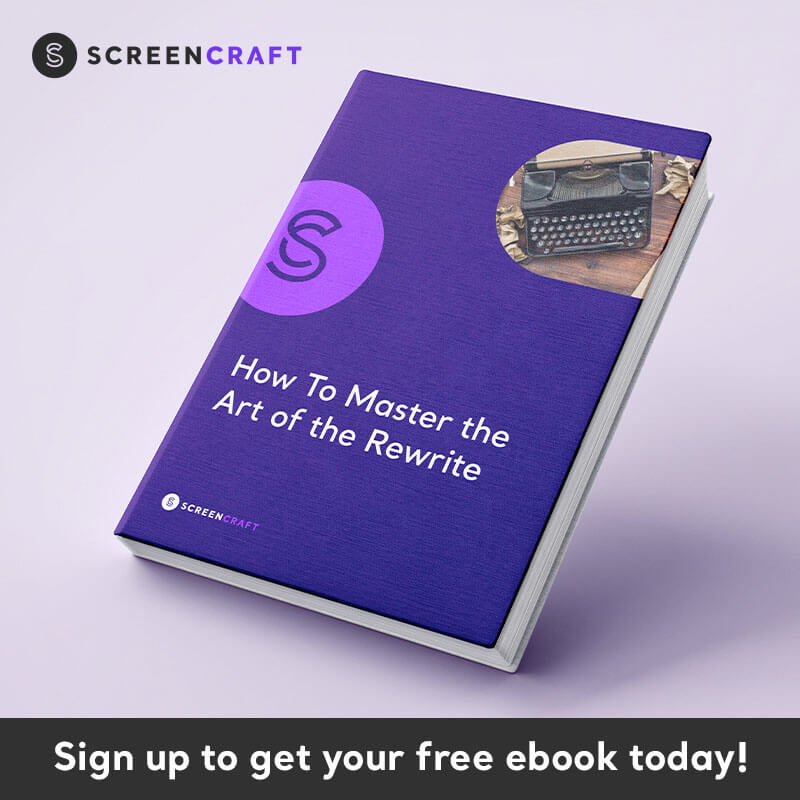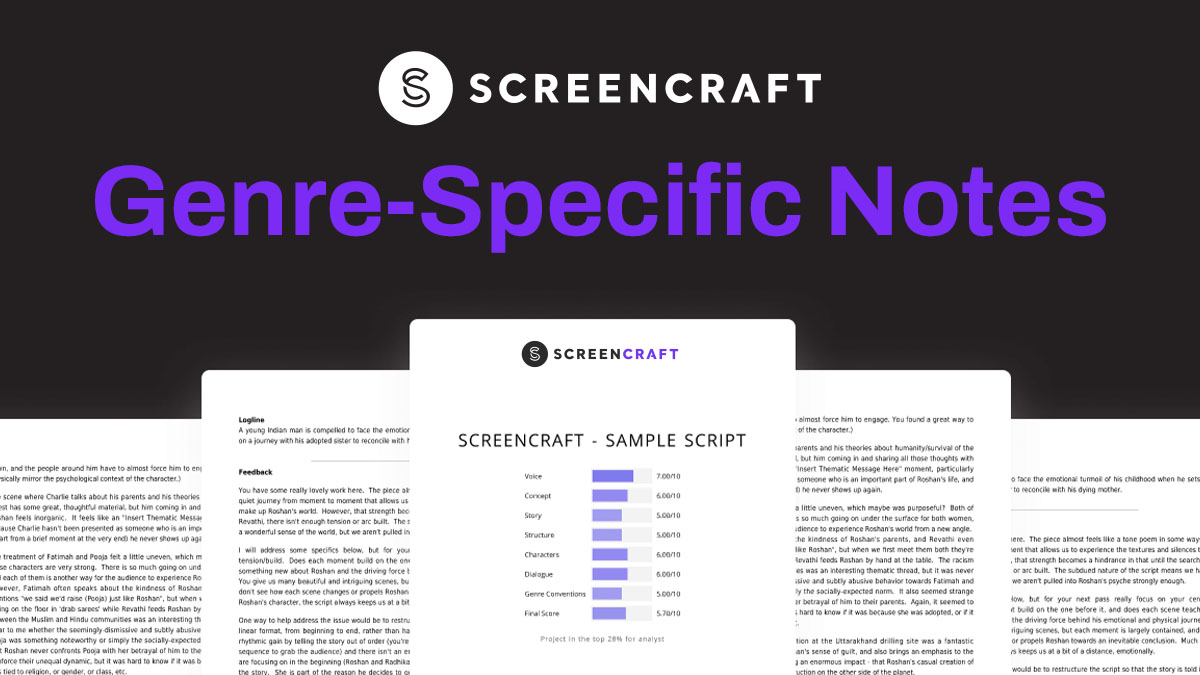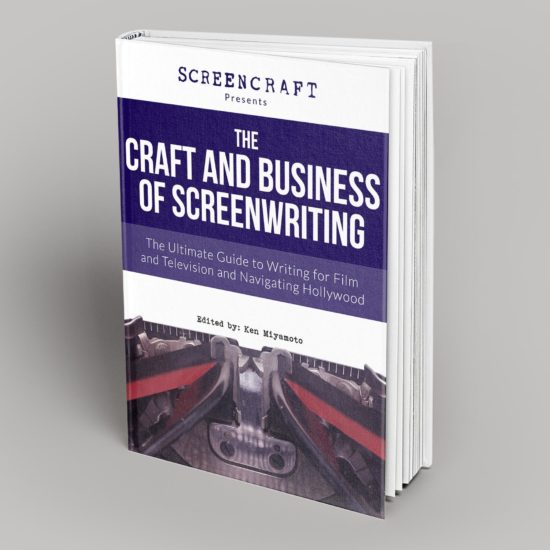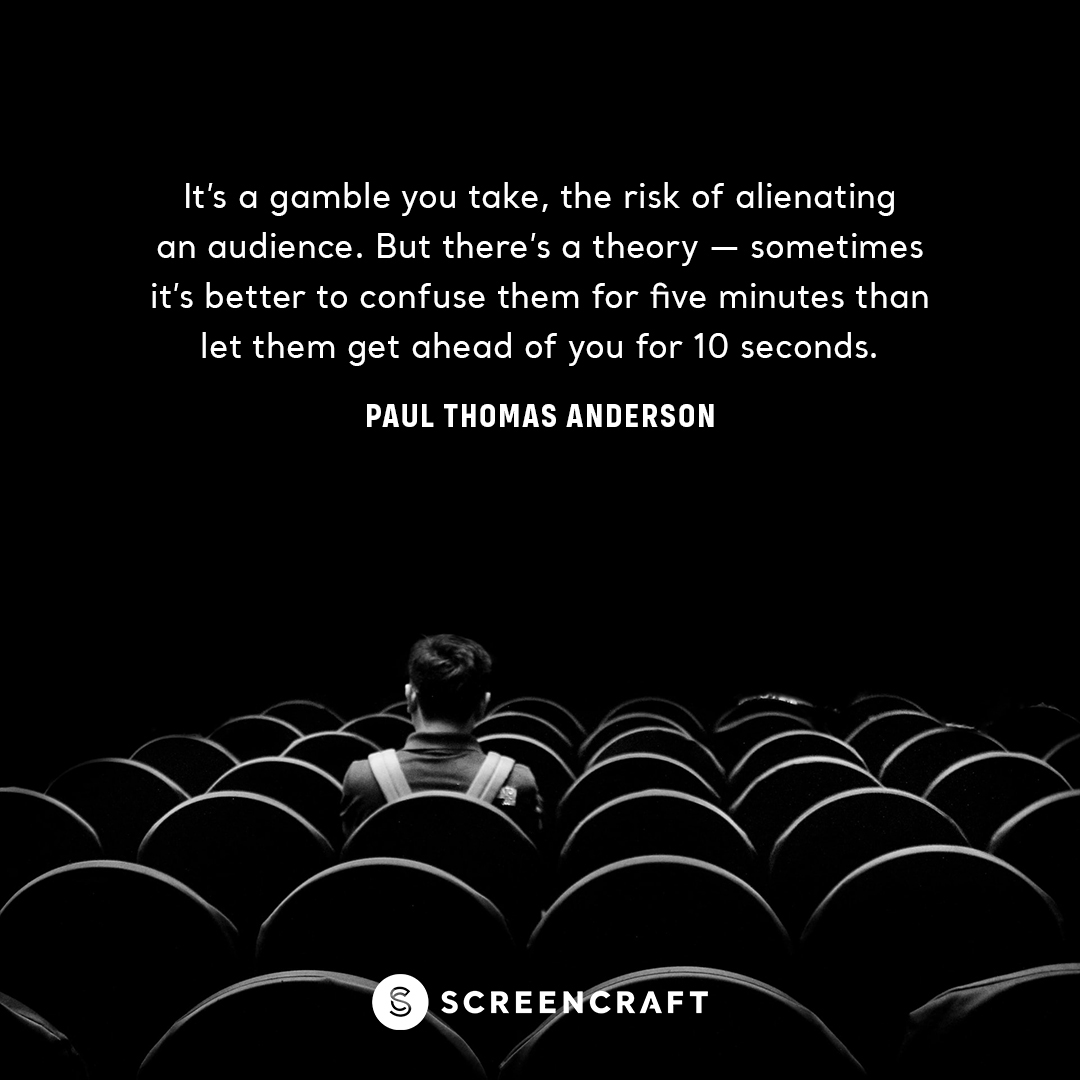Justin's blog post "5 Ways to Create Conflict in Your Story" was so popular, he decided to follow up with this post on character creation:
Once, at a writer’s workshop, I was handed a character-creation worksheet that asked questions I didn’t even know the answers to about myself, let alone a character still forming in my mind. I can see the point to mapping out a bit of physical description like weight and height and maybe even eye color (maybe), but when it got down to attached earlobes, yes or no, I had a hard time seeing how that would come into play in my story. For the record, I chose one attached and one not.
For me, a lot of the stuff we tend to work on in character design usually falls into the nice to know but not necessary category, especially when a story is finding its legs in the first draft stage. Most often, what we pass of as “character design” or “character development" is really just an excuse to be doing stuff that looks like writing (i.e., filling out worksheets describing a character’s earlobe) but isn’t really writing at all. It makes us feel good, maybe even accomplished, but it doesn’t put words down on the page.
More problematic is that once we’ve done all that work, we don’t want to let it go. I spent six hours figuring out my character’s childhood traumas, major and minor, and by damn they are going in this story even if 60 of the 120 pages is all flashback! You might think I’m being extreme, but I’ve battled writers over cutting beautifully written pieces of character backstory just like that because ultimately, they did nothing to advance the story. But, you say, the audience (or reader or whatever) neeeeeeeds to know this, you can’t cut it! Do they really? No, more often than not, they don’t.
Goals and Conflicts
There are a two things you should know about your character before you start writing: 1) What do they want? and 2) How does trying to get it put them in conflict (with each other, with the world, so on and so on)? Unfortunately, these are the things that we most often leave out of our character development sessions. If they even make it onto a list of questions to answer about you character, they’re probably at the bottom, placed far enough down to ensure that you’ll never get to them because your mind is exhausted from picking out hobbies and favorite drinks.
For example, I’ve been working on a play about superheroes. The main character, the leader of a league of heroes, really, really wants to prove to his troops that he’s worthy of their respect (something he doesn’t usually get). He decides that maybe he can prove how awesome he is by ditching the whole superhero thing and becoming a super villain instead. In fact, all of the characters end up deciding to take this path on their various quests to get what they want, be it love or power or even a parent’s approval. You can see the inherent conflict in a group of superheroes turning to the dark side. Answering those two questions, about goals and conflict, has made the rest of the writing that much easier, because I always know where to focus.
But you know what I don’t know about my characters yet? Their eye colors, their heights, their weights, their childhood fears, their favorite colors or what kinds of music they listen to. You know, the kinds of things character-creation worksheets are so fond of? Maybe some of that will pop up in the story somewhere along the way, when it’s relevant and makes sense. I can decide on them then. But not knowing all that stuff hasn’t stopped me from writing, and hopefully, when it comes to your own characters, it won’t stop you either.
Guest post by Justin McLachlan



























